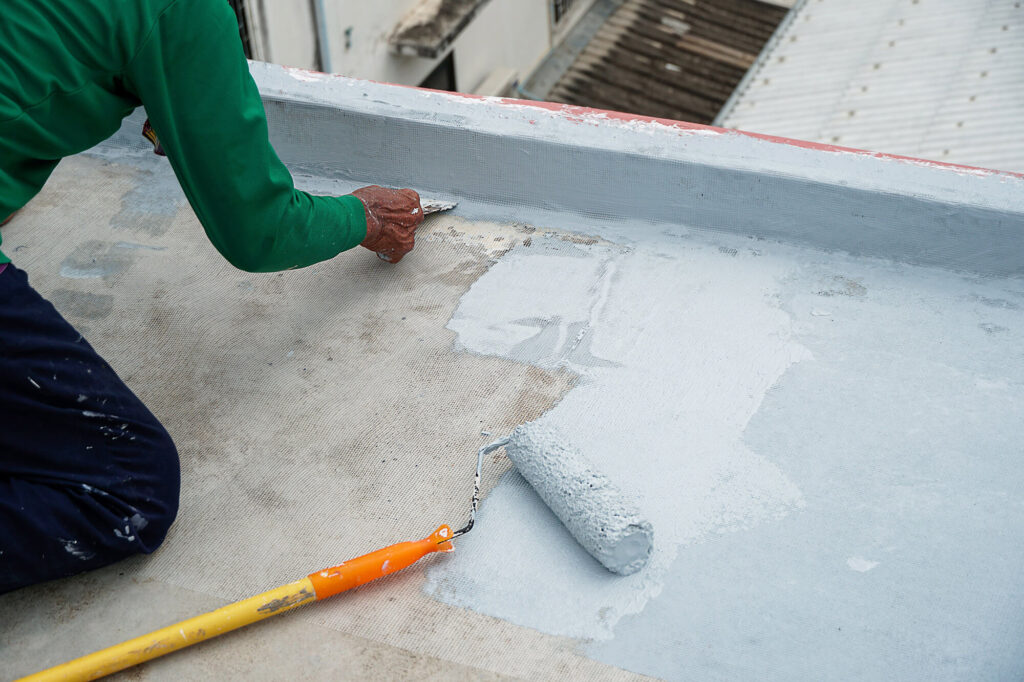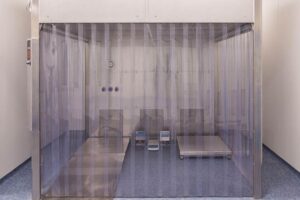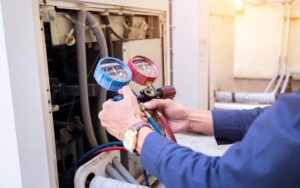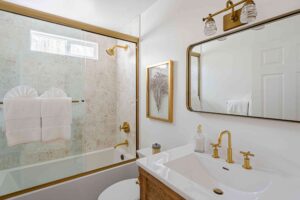Choosing and Installing Prova Waterproofing Membranes for Tile & Stone Applications

When you’re working with tile and stone in wet areas, getting the waterproofing right is non-negotiable. A solid waterproofing membrane doesn’t just prevent water damage — it supports the long-term integrity of the entire installation. That’s where Prova waterproofing membranes come into play. Known for their durability and reliability, they’ve become a trusted solution for builders and renovators who prioritize long-lasting, professional results.
Whether you’re remodeling a bathroom, building a walk-in shower, or working on a tiled floor in a laundry room, the right membrane makes all the difference.
Understanding the Brand
Prova is well-known in the building and renovation world for its innovation in underlayment and waterproofing systems. Their waterproofing membranes are specifically engineered to work seamlessly with tile and stone surfaces, offering robust protection against moisture infiltration.
The product line includes more than just standard waterproofing sheets. It features a full system — from pre-sloped shower trays to waterproofing corners and pipe seals — designed to simplify complex installations and ensure consistent waterproofing across the board.
Benefits of Using Prova Waterproofing Membranes
What sets Prova apart is how it combines performance with simplicity. These membranes are lightweight yet strong, making them easy to handle and install. They bond exceptionally well with tile adhesives and mortars, creating a unified system that helps eliminate common failure points.
You also get peace of mind knowing the materials are mold-resistant and designed to withstand long-term moisture exposure. For both DIYers and professionals, the ease of use and dependable performance are big wins.
Types of Prova Membranes
The product range covers a variety of needs, whether you’re tackling a shower wall or a full floor system. Some key types include:
- Waterproofing Membranes: Rolls designed for broad application across floors, walls, and ceilings in wet areas.
- Uncoupling Membranes: Help isolate tile from subfloor movement, reducing the risk of cracking.
- Shower System Components: Includes pre-sloped shower bases, inside and outside corners, and niche panels.
Each type is designed to integrate smoothly with the others, providing a full-coverage waterproofing system without the complexity.
Technical Specifications
Prova Waterproofing Membranes are typically constructed from high-density polyethylene with a non-woven polypropylene fabric laminated on both sides. This design enhances bonding with tile adhesives while maintaining flexibility and strength.
They come in a variety of roll sizes and thicknesses, offering options for different surface areas and requirements. Importantly, they’re compatible with both traditional thin-set mortars and newer polymer-modified options.
Choosing the Right Membrane for Your Project
Project type plays a major role in which membrane you should choose. For example, a walk-in shower with a complex slope might benefit from pairing waterproofing sheets with Prova’s pre-sloped trays. If you’re installing tile on a cracked concrete subfloor, using an uncoupling membrane can help prevent future damage.
It’s also important to consider environmental factors like humidity levels and temperature changes, especially in basements or exterior areas.
Pre-Installation Considerations
Before diving into installation, assess the condition of the substrate. It should be clean, dry, and structurally sound. Any irregularities or existing moisture issues should be addressed before applying any membrane.
Also consider drainage — especially in shower installations. Proper slope is crucial to ensure water flows toward the drain and doesn’t pool under the tiles.
Substrate Preparation
Begin by cleaning the surface of any dust, grease, or loose materials. If you’re working on concrete, a quick sanding may help the membrane adhere better. Wood substrates might require a primer or specific bonding mortar to ensure proper adhesion.
For areas prone to movement, applying a crack-isolation layer underneath the membrane can provide added protection.
Applying the Membrane
Using a notched trowel, spread thin-set mortar onto the substrate, then embed the membrane into the mortar while it’s still wet. Press firmly to eliminate any air pockets. Overlapping seams by at least two inches helps ensure a watertight seal.
Corners, edges, and penetrations like pipe openings should be sealed with pre-formed accessories or membrane strips to prevent weak spots.
Tiling Over the Membrane
Once the membrane is set, you can begin tiling directly over it using a compatible thin-set mortar. Make sure to follow the recommended cure time for the membrane before tiling.
Use appropriate grout joints and incorporate movement joints to allow for structural expansion and contraction. This preserves the integrity of the tile layer while keeping the waterproofing intact.
Shower Systems and Accessories
For custom showers, Prova offers a full line of pre-sloped trays and niches that integrate perfectly with their membranes. These components are designed to eliminate the guesswork in achieving proper slopes and waterproof transitions.
Their modular design allows for flexibility in layout while maintaining consistent waterproofing throughout the space.
Avoiding Common Installation Mistakes
One common mistake is failing to overlap seams correctly or leaving gaps in corners. Both can create vulnerabilities in the waterproof barrier. Using the wrong type of mortar or applying it too dry can also affect bonding.
Always follow the recommended installation guidelines, and take the time to double-check corners, pipe penetrations, and drain areas.
Long-Term Performance and Maintenance
A properly installed Prova system can last for decades with minimal maintenance. The membranes resist mold growth, and because they’re embedded under tile, they remain protected from physical wear.
To maintain the system, simply care for your tile and grout as recommended — there’s no need for special membrane upkeep after installation.
Building Code and Performance Standards
Prova Waterproofing Membranes meet industry-standard waterproofing and vapor-retardant performance benchmarks. They’re tested for permeability, bonding strength, and thermal stability, aligning with most residential and commercial building codes.
If you’re working on a permitted project, it’s a good idea to keep documentation handy for inspections or code compliance verification.
Environmental Considerations
The materials used in Prova systems are free from VOCs and other harmful emissions, making them a safe choice for indoor environments. Their durability also contributes to sustainability by reducing the need for repairs or replacements.
For builders focused on eco-conscious construction, this adds an extra layer of appeal.
Comparing Prova to Other Membrane Solutions
Compared to traditional liquid-applied membranes, Prova’s sheet systems offer faster installation and fewer variables during application. You don’t have to worry about drying times or multiple coats.
When compared to other sheet membranes, Prova stands out for its accessory lineup and how well everything integrates — reducing the chance of installation errors and simplifying the whole process.
Main Key Takeaways
- Prova Waterproofing Membranes offer a comprehensive solution for tile and stone installations in wet environments.
- They’re easy to install, compatible with various mortars, and come with a full range of accessories.
- Proper substrate prep, seam overlap, and membrane bonding are key to a long-lasting waterproof system.
- Ideal for bathrooms, showers, laundry rooms, and anywhere moisture protection is critical.
FAQs
Can I install Prova membranes myself?
Yes, many DIYers use Prova systems successfully. Just make sure to follow all manufacturer instructions carefully.
Can I use Prova membranes on walls and floors?
Absolutely. These membranes are versatile enough for both vertical and horizontal applications.
Do Prova membranes work with radiant heat systems?
Yes, but check specific product compatibility and installation techniques to ensure safe usage.
Is curing time needed before tiling?
Usually, you can tile over Prova membranes immediately after installation, but follow adhesive guidelines for best results.





